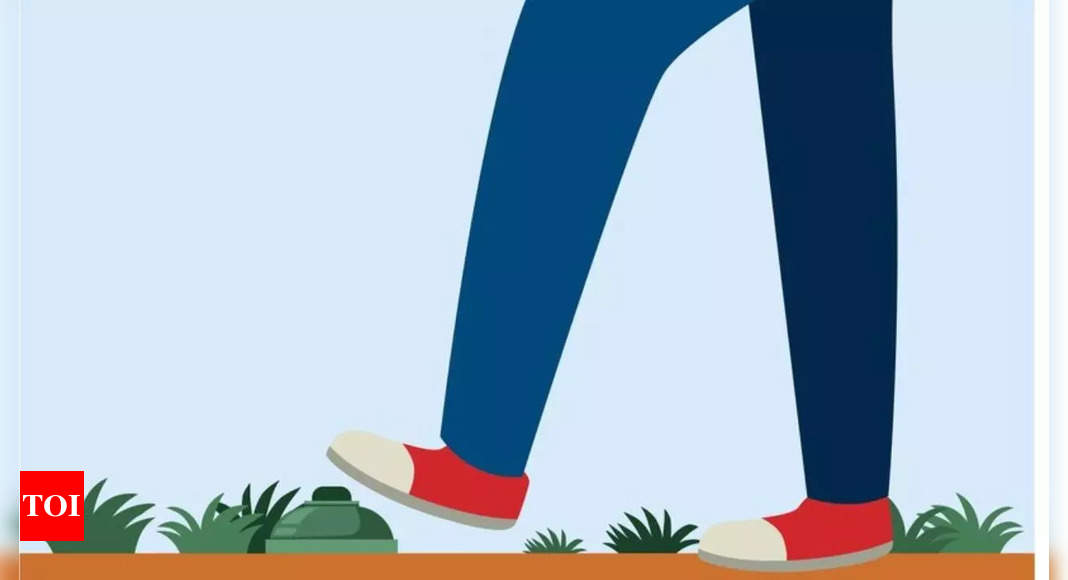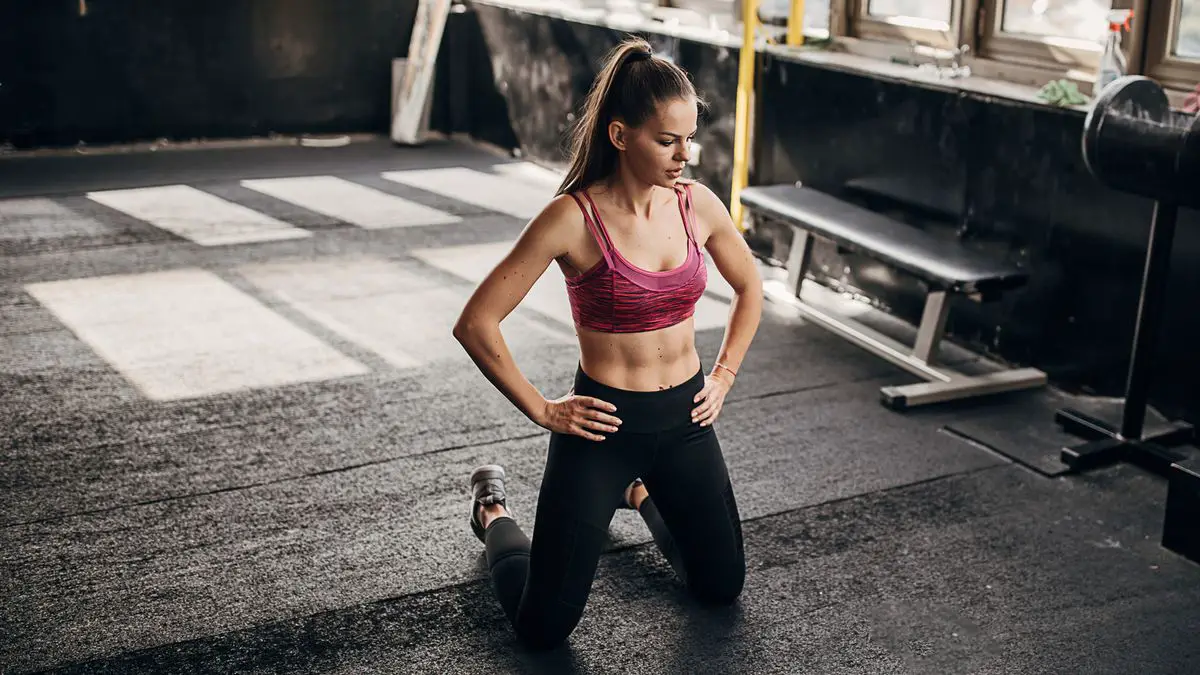
Ever seen someone walking backward in the gym or at a park, and wondered how the walking style stacks up compared to brisk walk? It turns out backward walking or retro walking isn’t just a fad but an ancient technique that originated in China thousands of years back, that has many benefits.
A low-impact way to stave off weight gain and an excellent technique to keep your brain and muscles young as you age, retro walking has a range of hidden benefits for your health that people may not notice at first.
In recent decades, it has attracted the attention of researchers from the US and Europe as a way of improving sports performance and building muscle strength. The walking style is in fact therapeutic and can relieve back pain, knee pain and arthritis. It’s a win-win for your brain health too as it helps boost cognitive abilities like memory, reaction time, and problem-solving skills. When you walk in reverse, it challenges different areas of your brain which is a sort of exercise for your ageing brain. According to a study published in International Journal of Exercise Science, walking backward for just 10-15 minutes per day over a four-week period increased the hamstring flexibility of 10 heathy female students. According to a study published in Research Gate, a cohort of five athletes self-reported a reduction in lower back pain after periods of backward walking.

What makes backward walking work
Backward walking differs significantly from forward walking, offering distinct benefits, especially for knee rehabilitation. A reduced range of motion in the hip and knee joints during backward walking minimizes knee impact and engages different muscles. Unlike forward walking, which begins with heel contact, backward walking starts with toe contact, with the heel often staying elevated. This shift transfers shock absorption to the ankle joint, activating muscles involved in plantar flexion. Studies also suggest that backward walking improves reaction times due to the brain’s adaptation to its unique mechanics. These findings support claims of enhanced ankle strength and injury recovery potential.
Here are some of the lesser-known benefits of retro walking or reverse walking you may not know about:
It challenges different set of muscles
From correcting your posture to relieving pain to working out a different set of muscles, walking backwards has a range of benefits for your muscular health. While moving in reverse, you naturally adopt an upright posture which is beneficial for your overall health. From glute muscles to calf muscles to muscles in your ankles and feet, it reduces exertion on knees and lower back which can be helpful for elderly or those facing joint pain issues.
It improves your balance and coordination
As you get older, there can be issues in your balance and coordination. Reverse walking can help improve this aspect, preventing risk of injuries. There is a science behind it. We rely on our eyes, muscles and joints, and vestibular system or inner ear for maintaining balance. When we are not able to see what’s behind us, we use the other two faculties, which improves our ability to maintain balance.
Boosts brain power
Reverse walking challenges your brain to sharpen new areas which can make it more alert. Moving in backward motion can help sharpen your memory, focus and also other cognitive abilities. According to a study published in Behavioural Brain Research, the prefrontal cortex which is responsible for cognitive skills such as decision making and problem solving, is especially active when stepping backwards.
Weight loss
Reverse walking can help in a speedier weight loss compared to normal walking at the same pace. When you are walking backwards, you need to put extra effort in maintaining your balance and coordinating your movement. Besides it also engages muscles like calves, glutes and hamstrings which can raise metabolism and aid in losing weight.
Improved ability to recall information
The act of moving backwards can also help your brain go back to the past and dig for forgotten facts. A study says even watching a video of a backwards train journey, and even just imagining moving backwards, can improve participants’ ability to recall information.
It could help reverse ill-effects of too much sitting
Too much sitting can lead the muscles to turn sedentary and tighter too. Especially the hip flexors bear the brunt. Moving in reverse can help stretch the muscles allowing greater flexibility. This can also help improve posture.
(Picture courtesy: iStock)





